The Top Three Reasons Your Dog Goes To The Vet?
Do you know what the top three reasons for a vet visit are? If your dog suffers from them you’ll probably already know!
According to VPI (Veterinary Pet Insurance) data from 2012 the top 3 reasons for canines needing a visit to the vet are:
- Atopic or Allergic Dermatitis
- Otitis Externa (ear inflammations)
- Pyoderma (hot spots)
2012 was the first time that allergies have topped the list.
Allergic reactions, or an intolerance to a particular allergen can present in many different forms:
- Undercarriage rashes
- Underarm rashes
- Welts
- Pustules, pimples, itchy spots
- Rashes between the toes
- Hot spots
- Ear infections
- Itchy dogs (some dogs can be itchy with no visible symptoms)
Understanding Allergens
The problem lies with the allergens. A single allergen is generally ok but when several allergens enter the system this causes it to become overloaded and weakened. A weakened system is stressed and does not function properly, further allergens weaken it further and so the vicious cycle continues, and of course, escalates. Somewhere has to give and as the skin is the largest organ it usually comes out in the ears or on the skin. (Note that ears are part of the skin.)
Allergens come in the form of:
- Contact – think plants, soaps, cleaners, detergents, perfumes, dyes, shampoos
- Environment – pollen, dustmites
- Ingestion – food - preservatives, additives, colourings, sulphites, over processed foods, grains
- Fleas - Known as FAD – flea allergy dermatitis – this can be from just one bite, or with no fleas present can be a reaction from the faeces and/or eggs. More info on understanding FAD in our next issue released 5 December
So What Can You Do To Reduce Allergens?
Environmental:
- Reduce exposure to pollens by washing off excess pollens collected on walks. - Wash your dog’s paws, undercarriage, underarms after a walk. Use a saline wash, pat dry.
- Reduce exposure to dustmites – wash your dog’s bedding regularly in hot water. Dry bedding in a hot dryer, or hang in the sun (6-8 hours is ideal). Put bedding in the sun as often as possible to eliminate the moist habitat needed for dustmites to flourish.
- Don’t forget to wash their soft toys too.
- Vacuum often and use a Hepa filter in your vacuum to catch and trap as opposed to circulating dust.
Contact:
- Use a liquid soap when cleaning pets bedding as detergent grains can remain in the fabric creating contact allergies.
- Be mindful of the types of cleaners, detergents you use in your home – remove harsh cleaners.
- Chemical house fresheners can cause reactions to pets – keep them far away from your pets (and never over the area where your pet sleeps).
- Its not often we use dyes with our pets but some dog groomers do colour – if this is your thing then check the ingredients and use natural dyes.
- Plants – wandering dew is the worst culprit and known as “Wellington’s curse” or “Vets best friend’. Grasses also affect our pets – use the method in Environmental Point 1.
Ingestion:
- The key here is finding the allergen. I recommend keeping a daily diary (on everything – environment, contact, ingestion) as this can form a pattern that when looking back may be obvious but otherwise may not have been seen. Eliminate and compare. There was a clear pattern for me.
- No sulphites – which are in human foods – things like sausages, preserved meats, ham etc
- Try and choose a dog food brand that has natural ingredients – there are many brands out there now – they may be more expensive but they will save you money in the long run and save your pet’s health too.
- Move to a raw food diet. Many of our Eezapet stockists provide guidance on how to do this properly and effectively - these guys all know their raw food and can help you.

![]()

- If you are not into raw food then there are also air-dried, freeze dried and dehydrated versions available.
- Grains can be another concern and can affect some pets terribly – there are many grain free versions
- Aged meats can also cause problems because of the naturally occurring histamines in the meat as it ages. Think meats like beef that are hung and aged longer than others like chicken for example.
In general help your pet be healthy from the inside – weakened systems are easier to attack than healthy ones – think diet, probiotics, prebiotics or health supplements like Newflands Hoki Oils which have had some amazing results for skin and coat.
Be vigilant
- Wash your dogs after walks and DEFINITELY if they have been in wandering dew.
- Spot check for anything coming up on the skin and apply Eezapet immediately,
- Apply Eezapet twice a day or more if needed. You want to halt the rash in its track to stop it from spreading and causing secondary infections. Eezapet breaks the itch/scratch cycle
I hope you have found this helpful. I have been on a long 10 year journey with my chronic allergy sufferer Coco. I have everything under control now - I know what I can feed her, where she can go, where she can’t, and the best thing is I have Eezapet to break any itch/scratch cycle – so no itchy rashes get out of control and no vet visits for Coco (asides from the normal checkups of course).
Don’t Forget - tune back next month to learn about fleas and FAD.
Break the itch/scratch cycle today – it’s the Eezapet way



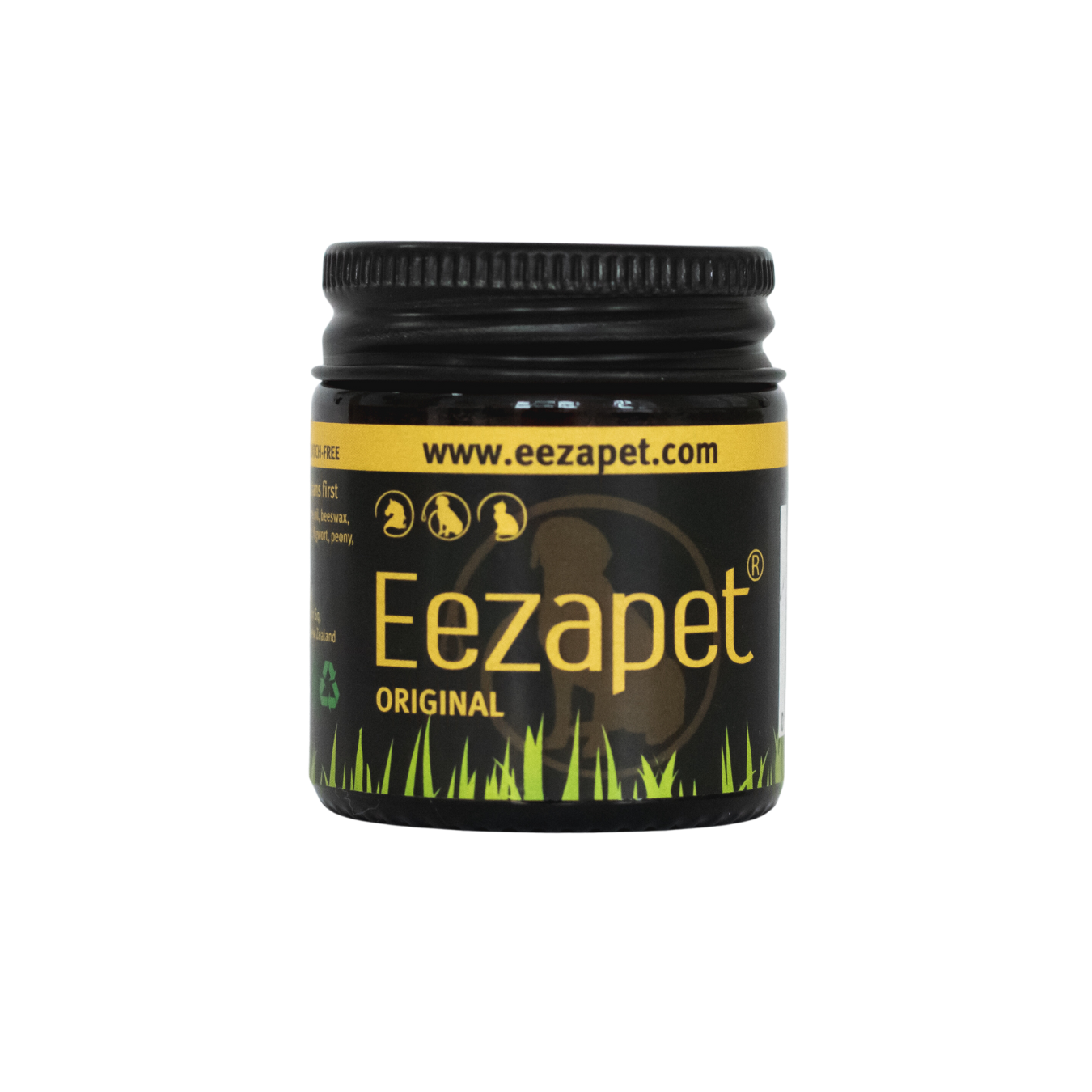

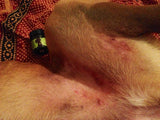
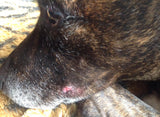
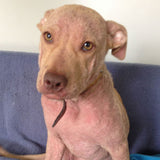
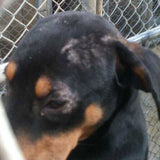


I will agree with this post because I used to be a veterinary assistant.
Leave a comment